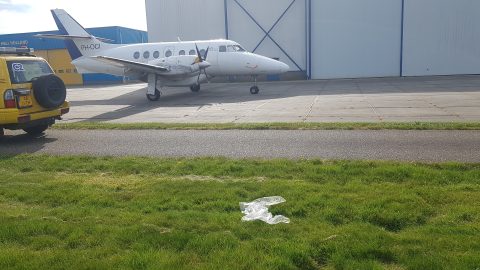Safety & Security
Do you notice an unsafe or suspicious situation? Report it. Even the smallest detail can make a big difference. Together, we keep Lelystad Airport safe.
Navigate to
Safety Topics
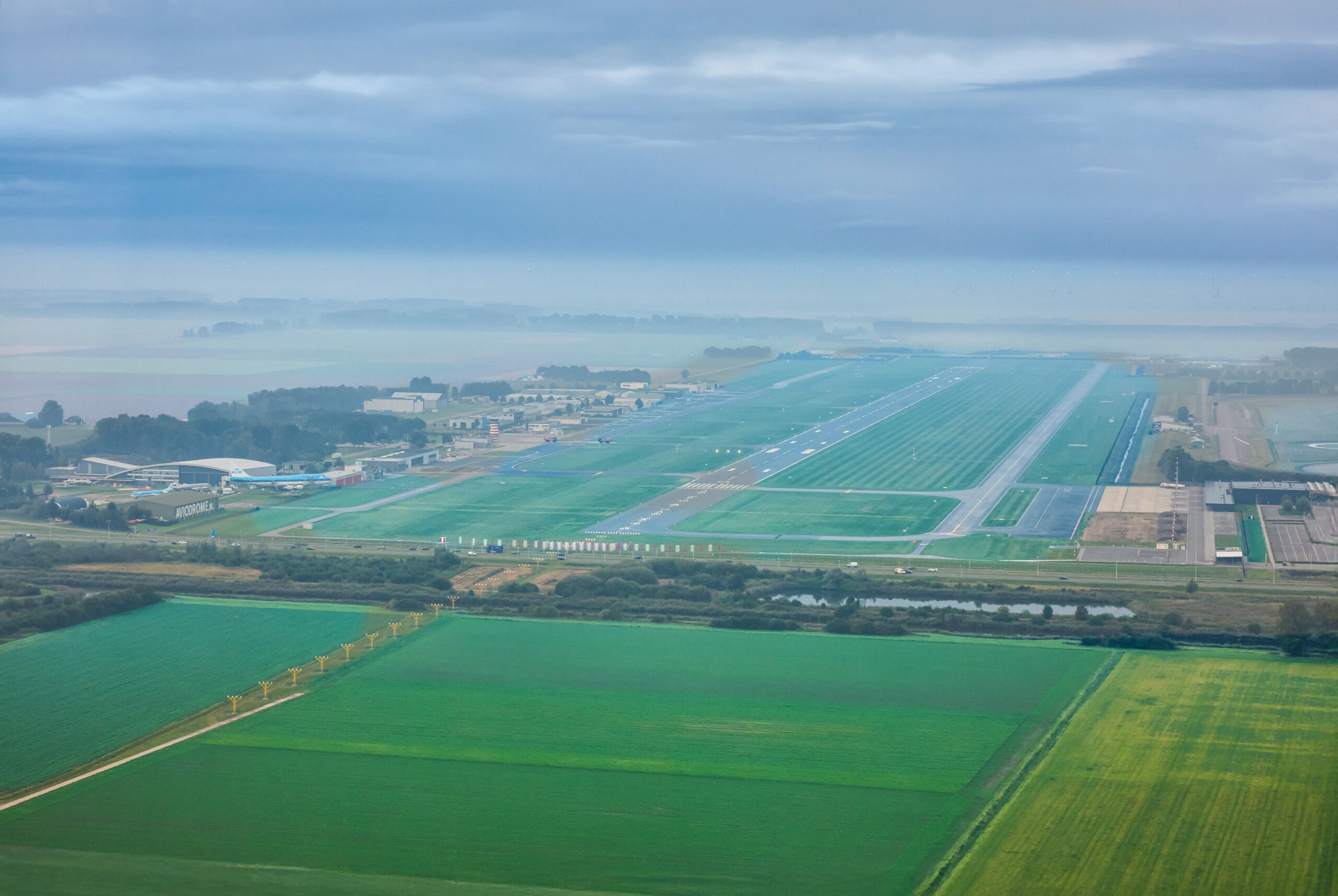
Safety message
Recently a number of incidents occured in which a VFR flight infringed the helicopter training circuit. Incidents include an early crosswind turn after take-off or touch & go, and an early base turn. The safety message outlines how to avoid infringements of the helicopter training circuit.
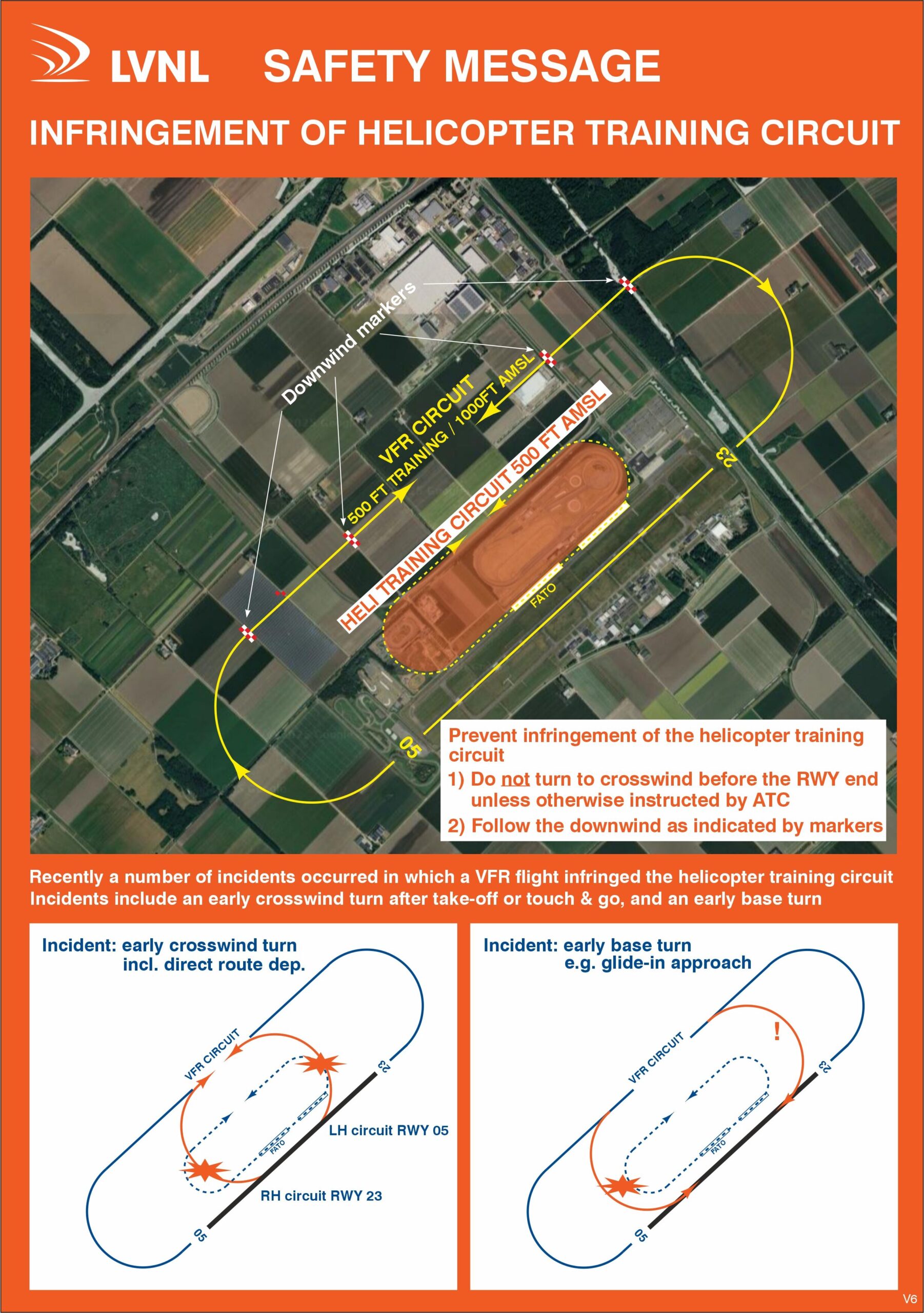
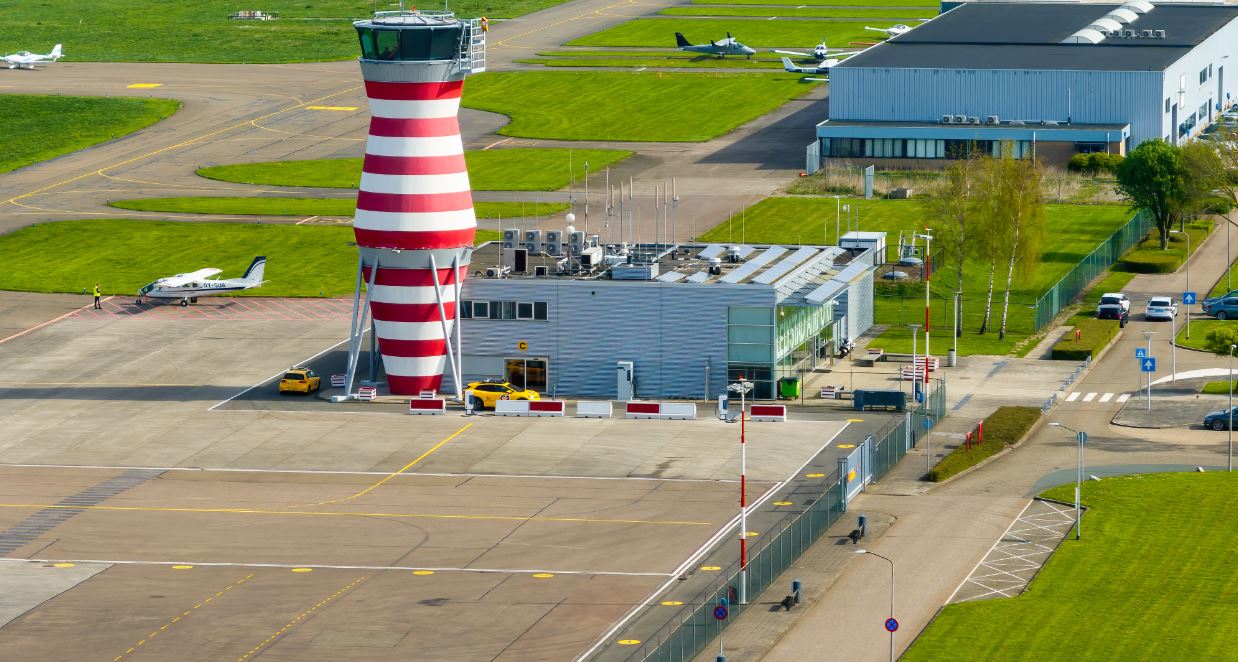
Delta Apron Marking
Since the introduction of Air Traffic Control, measures regarding the use of platforms have been tightened. One of the platforms requiring extra attention is the D-platform. The following rules, among others, apply here:
- Wearing a hi-vis vest or jacket is mandatory.
- Walking from the middle of the platform to the GA terminal is prohibited, as this would involve crossing a taxi lane.
What is the correct walking route?
As an airport, we have introduced markings to clarify the walking route. This designated route to and from the GA terminal must be followed at all times.
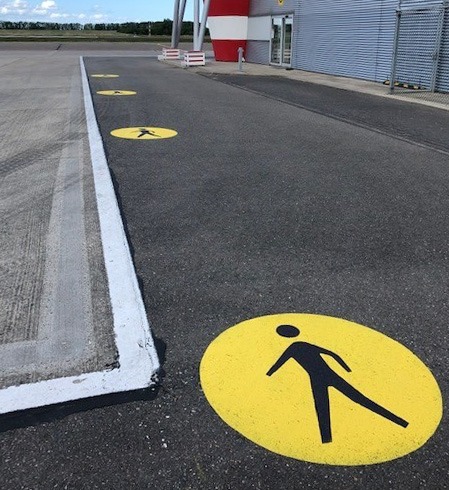
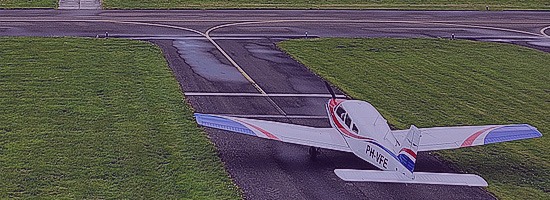
Runway incursions
Air traffic control has been provided at Lelystad Airport since 7 November 2019. Since then, all aircraft, vehicles and persons must have explicit permission from the Tower before entering the runway, taking off and/or landing.
If this happens without ATC’s permission, it is a runway incursion.
Definitie Runway incursion
In ICAO’s definition, this is:
“Any occurrence at an aerodrome involving the incorrect presence of an aircraft, vehicle or person on the protected area of a surface designated for the landing and take-off of aircraft.”
Runway incursions are considered one of the key safety risks in international civil aviation, which require continuous attention. In addition, runway incursions are always considered a serious incident and all incursions are recorded and reported to ILT.
The number of runway incursions is relatively high at Lelystad Airport compared to other fields. These mainly involve incidents of entering the runway without permission and/or taking off without take-off clearance. Presumably, this can partly be explained by the relative unfamiliarity with this type of occurrence and its safety risks and by incomplete familiarity with the new (flight) procedures at Lelystad Airport. This is why this newsletter contains some additional information on this.
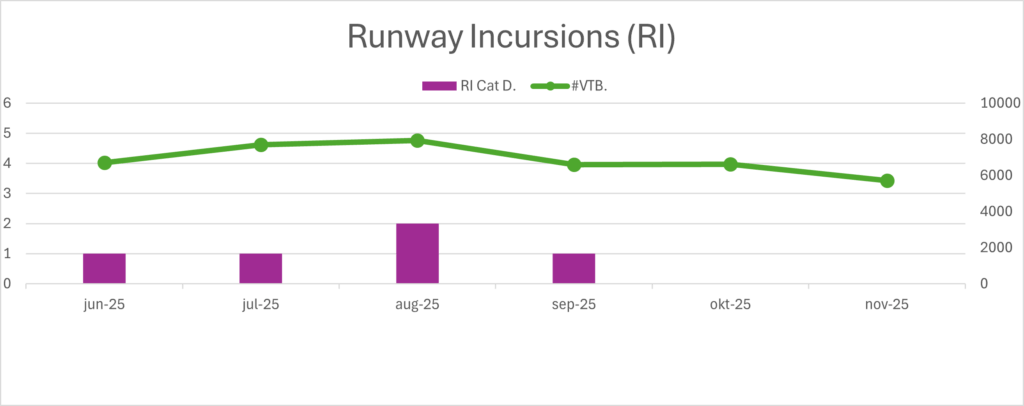
Figure: monthly runway incursions
Runway holding position markings
At Lelystad Airport, the ’90-metre area’ is considered a protected area. This area around the runway can be recognised on intersections S1 to S7 primarily by the yellow ‘runway holding position markings’ (RHP markings) combined with the red ‘mandatory instruction signs’. In R/T, these positions are called ‘holding points’.

FIGURE 1 – RUNWAY HOLDING POSITION MARKING
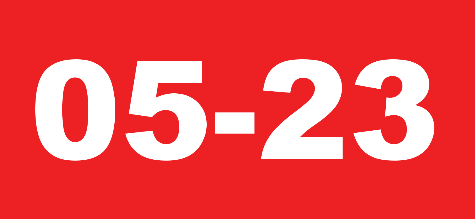
FIGURE 2 – MANDATORY INSTRUCTION SIGN
To draw extra attention to you approaching the 90-metre are, the last section of the yellow taxiway centre line in front of the RHP is additionally marked with interrupted yellow stripes on either side of the continuous centre line. In addition, runway guard lights have been installed on both sides of the taxiway at the level of the runway holding positions. These orange lights flash alternately.
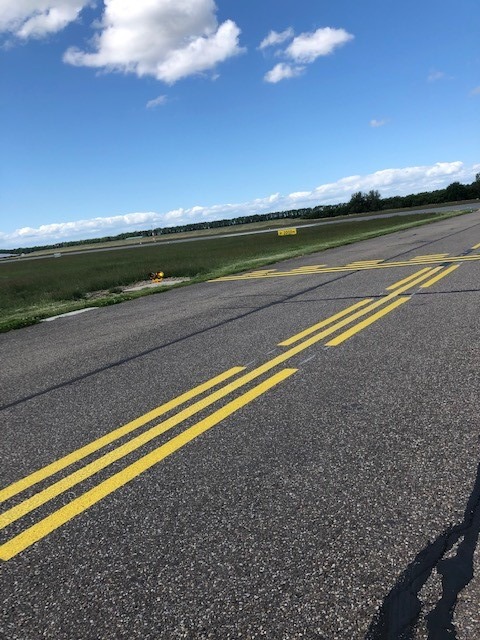
FIGURE 3 – ENHANCED TAXIWAY CENTRELINE MARKING
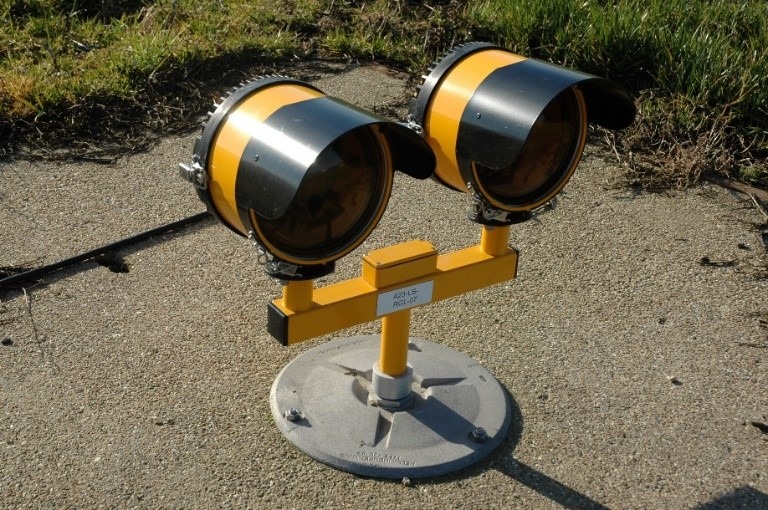
FIGURE 4 – RUNWAY GUARD LIGHTS
Runway holding positions
Around the runway holding positions, the following applies:
- Entry into the 90-metre area requires the permission of the Tower at all times and on each occasion. You receive this permission either directly in the form of a clearance to take off (“cleared for take-off”) or by means of an instruction to taxi onto the runway and wait there (“line up and wait runway 05/23”).
- Without clearance or instruction, no part of your device may exceed the yellow RHP markings. Even if your wheels are still in front of the continuous lines, but the nose of your aircraft is already protruding beyond them, this is a runway incursion.
- The instruction to line up the runway does not automatically mean that you may also start. This is only allowed after you have received formal clearance to take off.
- Landing and/or touch-and-go is also allowed only if you have received proper clearance for this. Without this permission, you need to initiate your own go-around in a timely manner.
- If you are in doubt as to whether you have received the correct clearance, ask for confirmation from the Tower before entering the runway, taking off or landing.
- After landing, exit the runway as soon as possible. Only once you have completely crossed the solid double yellow line are you clear of the 90-metre area and the Tower may clear the next aircraft to take off or land. Note that you will need a taxi clearance afterwards to continue piloting the plane.Examples of the R/T during alignment, take-off and landing can be found in the ‘Zakboekje RT Lelystad’ on the LVNL website: www.lvnl.nl/lelystad.
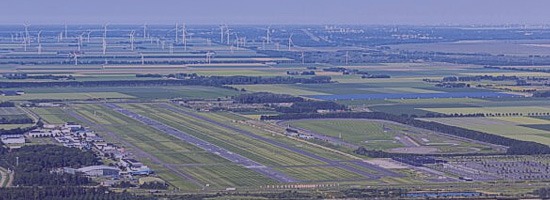
Height restrictions around Lelystad Airport
Air traffic at Lelystad Airport
The height restrictions that apply around airports are laid down in international laws and regulations. Anyone who has construction plans at or around the airport or wants to place temporary obstacles must take this into account. It is Lelystad Airport’s responsibility to ensure safety for all parties involved. For this reason, Lelystad Airport’s Operational Service conducts daily inspection rounds which include checking for height restrictions. These restrictions are set to keep the approach and departure routes free of obstacles. Consider:
- trees
- buildings
- cranes
- aerial platforms
Height restrictions
The height restrictions are formed by a system of planes around the runway. The constellation extends to 15 kilometres around the airport. Lelystad Airport has had all major objects in the immediate area officially measured and the design of the flight paths has been adjusted accordingly.
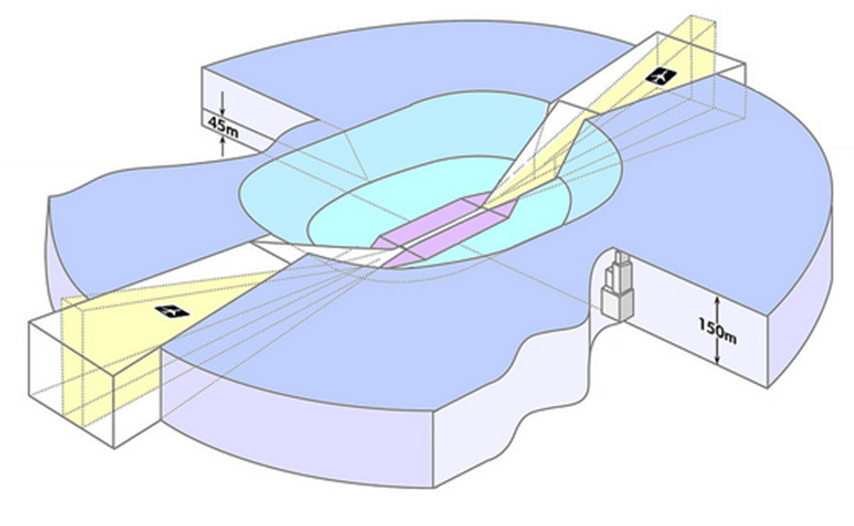
Figure: schematic representation of legal height restrictions around airports
Obstacles and building plans
New obstacles
New obstacles placed without permission could pose a safety hazard. Temporary obstacles such as aerial platforms or cranes always require permission from the airport.
Do you have plans to place a temporary obstacle within 15 km of the airport? If so, apply for a work permit well in advance via the Lelystad Airport website: vergunning.lelystadairport.nl. Please allow at least ten working days for the processing of applications.
Building plans
Your municipality will liaise with the airport when assessing your building permit. Please also inform your municipality that your construction site is in the vicinity of the airport.
Questions - FAQ
Questions on height restrictions
If you want to know more about the height restrictions in place around the airport, please check our website www.lelystadairport.nl/safety. You may also ask your question by sending an e-mail to [email protected]. Our Safety Manager will then contact you.
Frequently Asked Questions
How do I know what height restrictions apply to my property/land?
In establishing the height restriction, Lelystad Airport has measured all existing properties. This means that the current building and/or afforestation on your property/land is known to us. Any placing of (temporary) objects below the height of this building/afforestation need not be reported. Are you in doubt? If so, please contact our Safety Manager at [email protected].
What do the height restrictions mean for me? What should I take into account?
Lelystad Airport is subject to an altitude restriction in a 15 km perimeter of the airport. This means that objects may not exceed a certain height so as not to interfere with air traffic.
The maximum height varies by area. If you have construction or renovation plans or wish to place other (temporary) objects, you may need to notify Lelystad Airport via [email protected]. If you remain equal to, or lower than, your current height limit (a height limit is the highest point on the property such as a tree or roof of the house), then you do not need to report to Lelystad Airport.
Can Lelystad Airport indicate height restrictions for each property?
Lelystad Airport cannot provide a calculation for each property individually. The calculations are too complex for that. Do you have any construction or renovation plans or are you planning other work that will exceed the current height limit of your property/land? If so, please contact Lelystad Airport by sending an e-mail to [email protected]. We will then take a look together with you to see what, if any, safety precautions need to be taken.
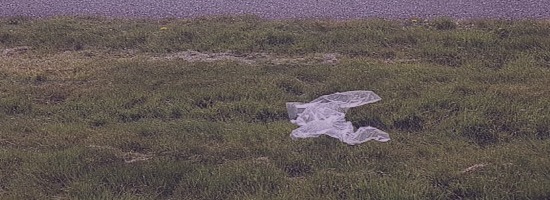
FOD
Foreign Object Debris
FOD stands for Foreign Object Debris (or Damage), a term used to describe debris on the airside or damage to aircraft caused by it. This can include items like flying plastic or small stones on the taxiway.
We can all contribute to reducing debris that causes damage. Don’t leave trash lying around, and immediately clean up anything that doesn’t belong on the airside. If you spot items or debris that you cannot remove yourself, report it to the airport. This way, everyone can do their part to reduce the number of FOD incidents.
